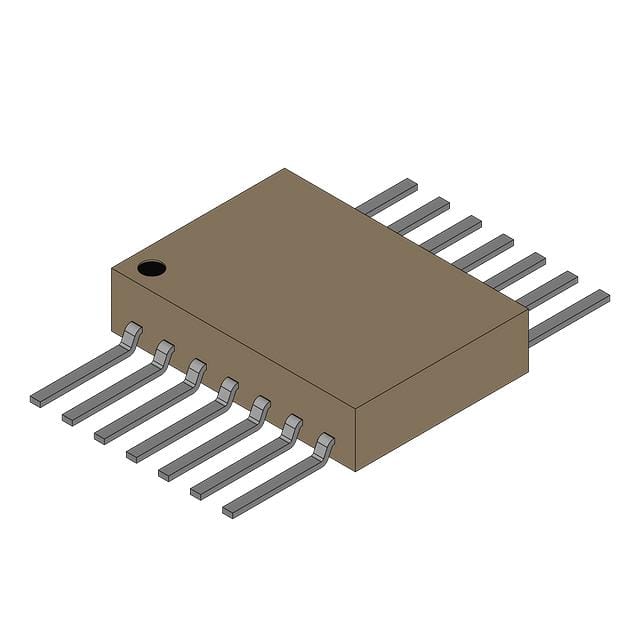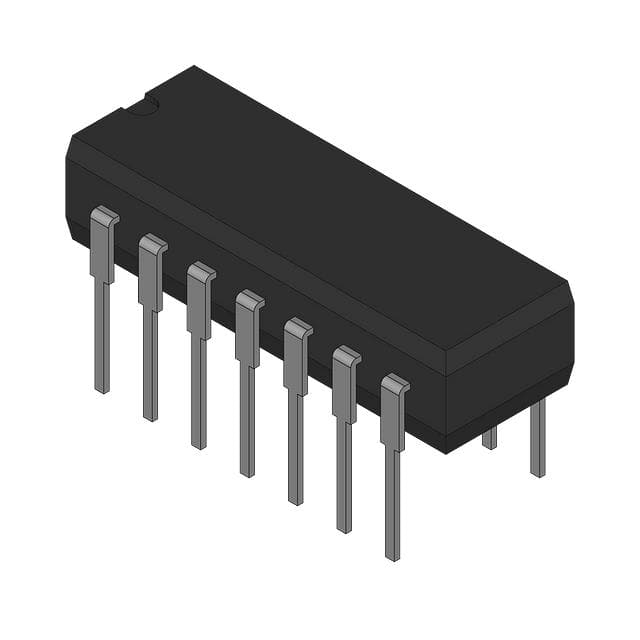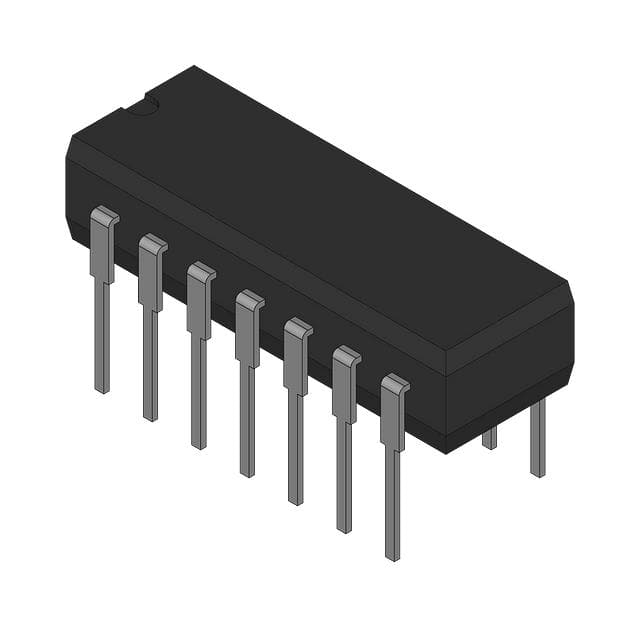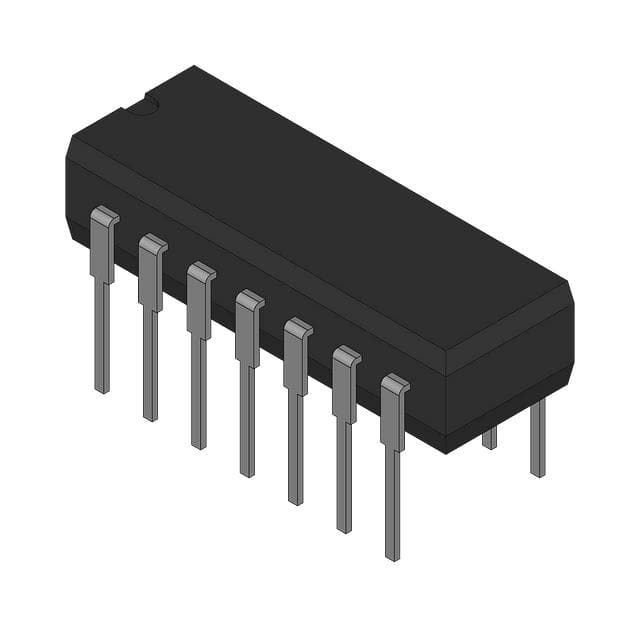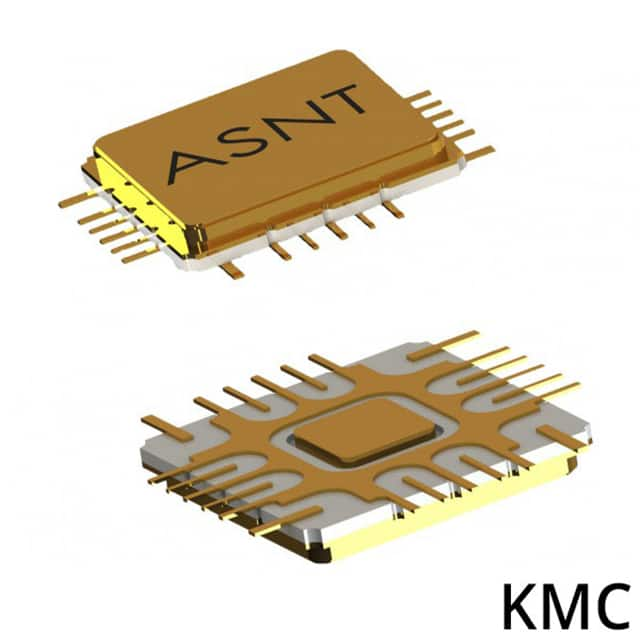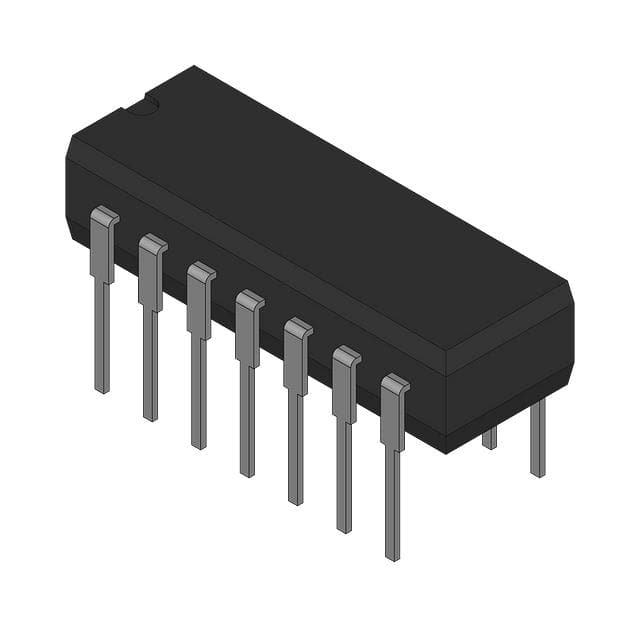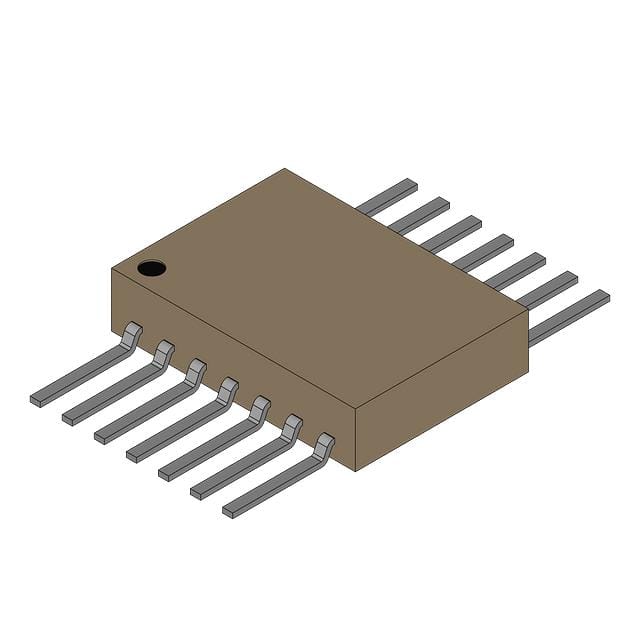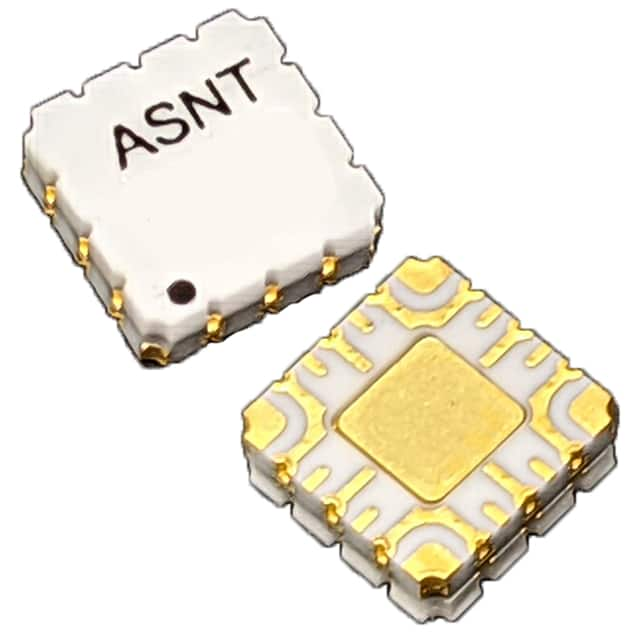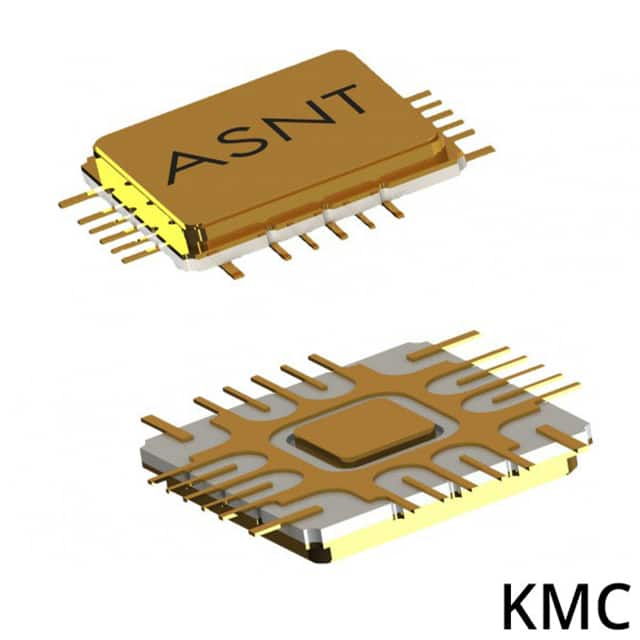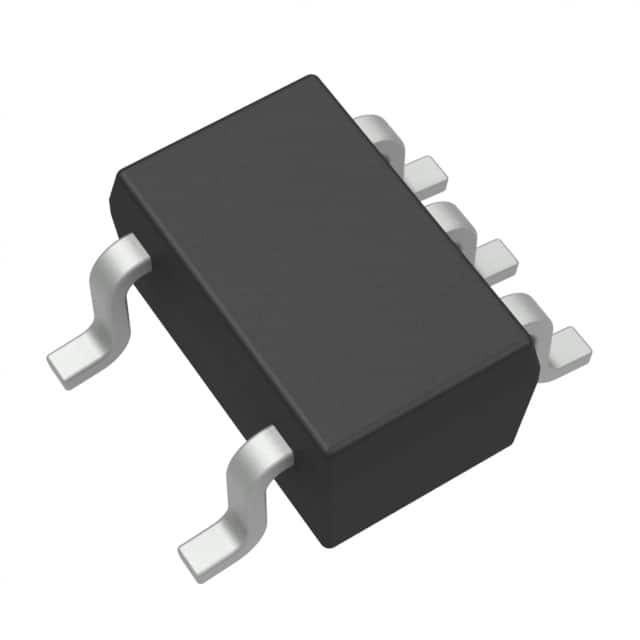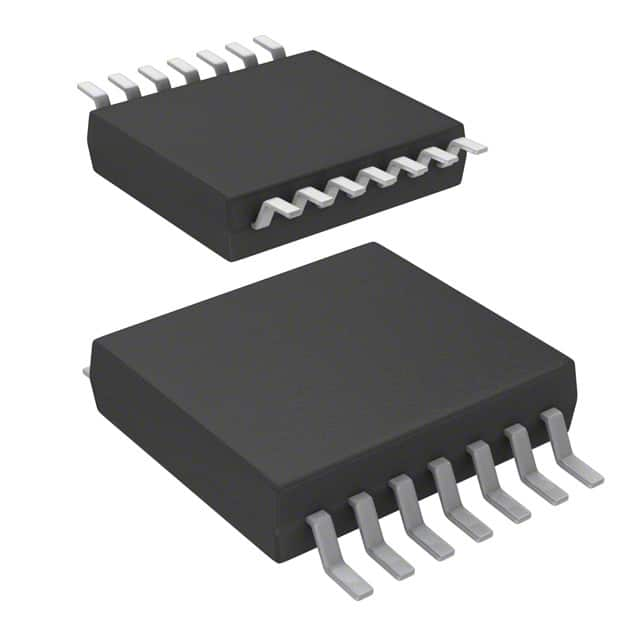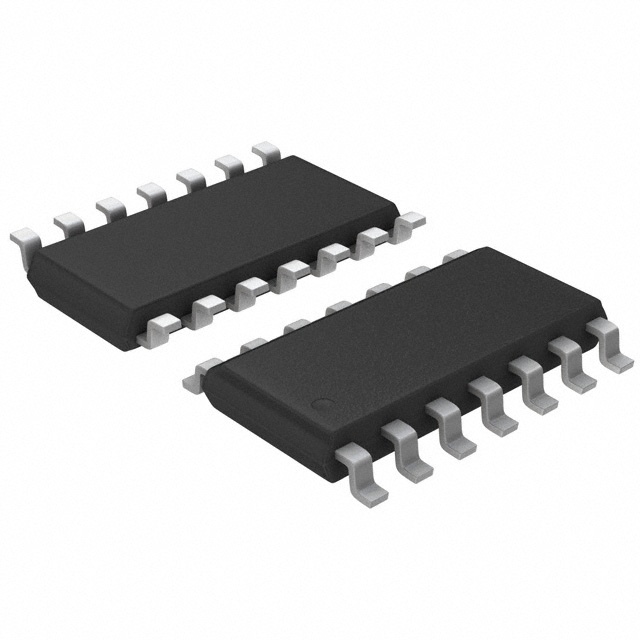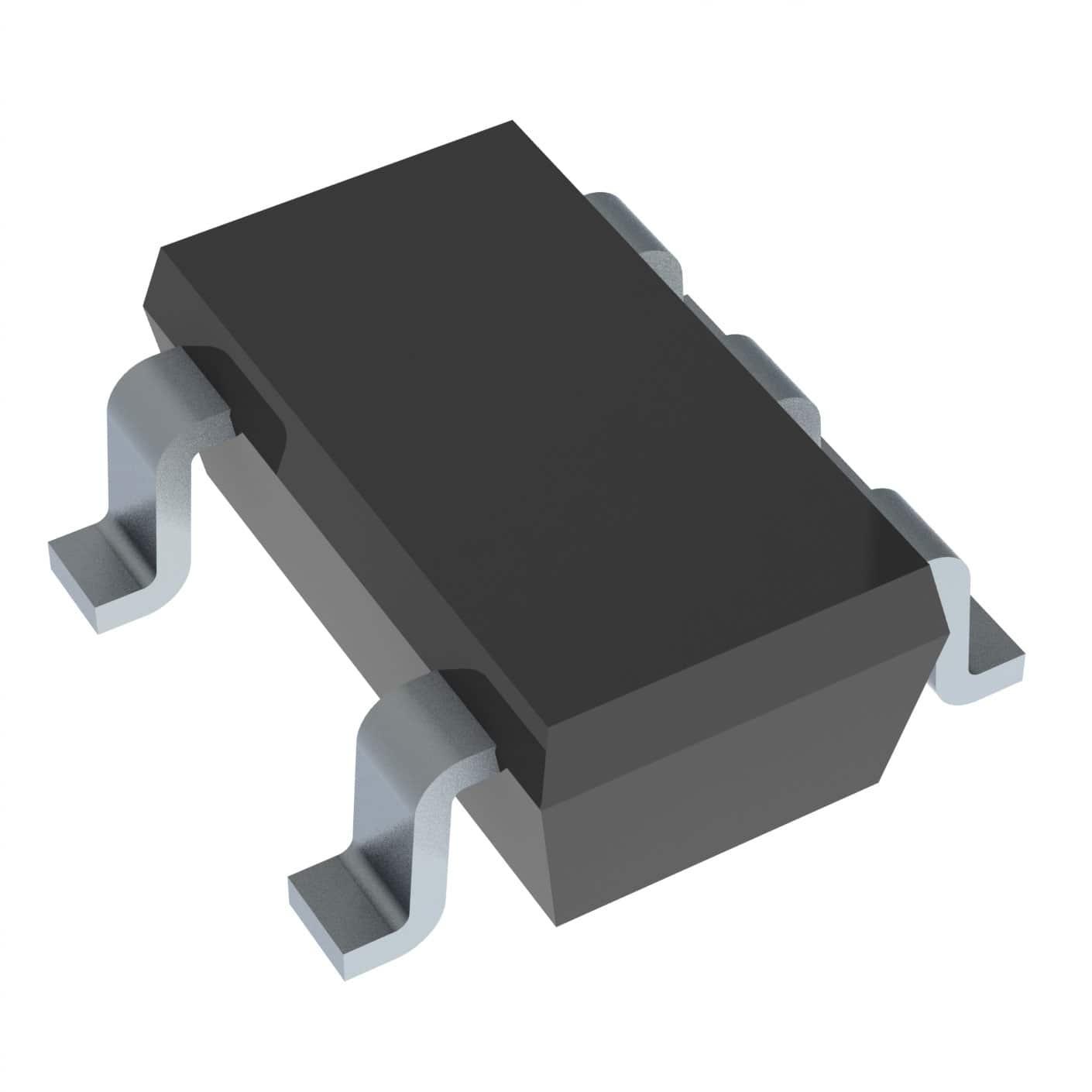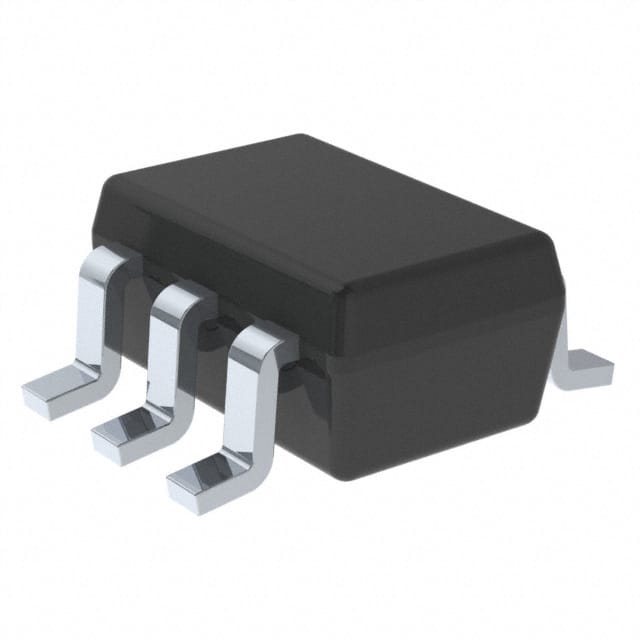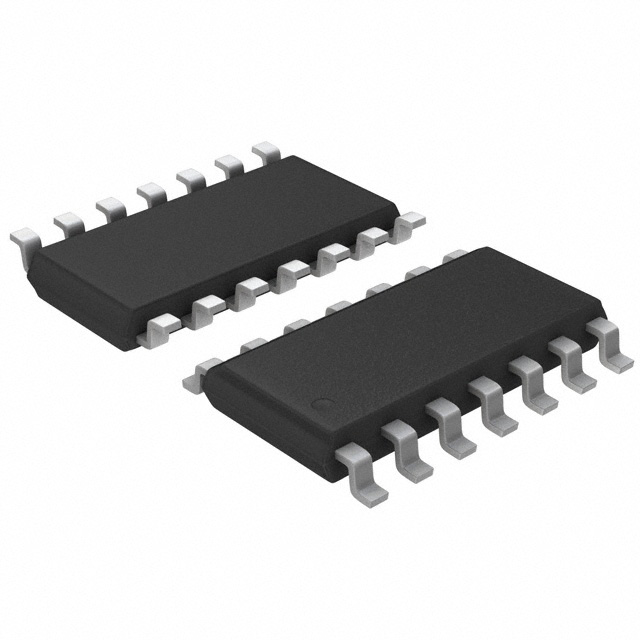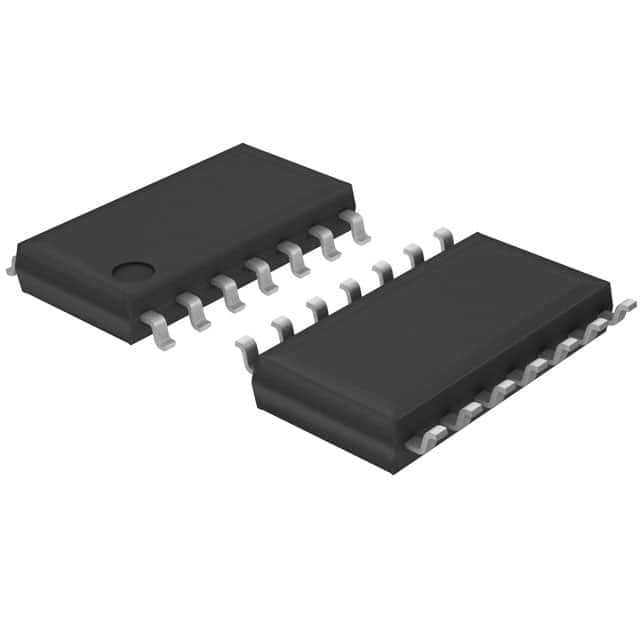5962-8404701VDA Product Introduction:
Texas Instruments Part Number 5962-8404701VDA(Logic - Gates and Inverters), developed and manufactured by Texas Instruments, distributed globally by Jinftry. We distribute various electronic components from world-renowned brands and provide one-stop services, making us a trusted global electronic component distributor.
5962-8404701VDA is one of the part numbers distributed by Jinftry, and you can learn about its specifications/configurations, package/case, Datasheet, and other information here. Electronic components are affected by supply and demand, and prices fluctuate frequently. If you have a demand, please do not hesitate to send us an RFQ or email us immediately sales@jinftry.com Please inquire about the real-time unit price, Data Code, Lead time, payment terms, and any other information you would like to know. We will do our best to provide you with a quotation and reply as soon as possible.
Introducing the Texas Instruments 5962-8404701VDA, a cutting-edge integrated circuit designed to revolutionize the world of electronics. This high-performance device boasts a wide range of features that make it an essential component for various applications.
The 5962-8404701VDA is built with advanced technology, ensuring exceptional reliability and durability. With its low power consumption and high-speed performance, this integrated circuit is perfect for demanding applications in aerospace, defense, and industrial sectors. Its extended temperature range allows it to operate flawlessly in extreme environments, making it ideal for mission-critical systems.
Equipped with multiple input and output channels, the 5962-8404701VDA offers versatile connectivity options. Its high-resolution analog-to-digital converters ensure accurate data conversion, while its digital signal processing capabilities enable efficient data manipulation. Additionally, this integrated circuit features built-in protection mechanisms, safeguarding against voltage spikes and other electrical disturbances.
The Texas Instruments 5962-8404701VDA is designed to meet the stringent requirements of various applications, including avionics systems, radar systems, and industrial automation. Its exceptional performance, reliability, and versatility make it an indispensable component for engineers and designers seeking to create innovative and robust electronic systems.
In conclusion, the Texas Instruments 5962-8404701VDA is a state-of-the-art integrated circuit that offers unparalleled performance and reliability. With its advanced features and wide range of applications, it is the perfect choice for engineers and designers looking to push the boundaries of electronic technology.
Gates are an important part of the transistor in the integrated circuit, especially in the field effect transistor (FET) plays a role in controlling the current interruption. By interacting with the insulation layer between the channel, it uses the electric field effect to regulate the carrier concentration in the channel, and then controls the current flow between the source and the drain electrode. The inverter is a logic electronic device that is mainly used to reverse the logic state of the input signal, that is, from a high level to a low level, or from a low level to a high level. In digital logic circuits, the inverter is often implemented as a NOT gate, which is carefully designed by multiple transistors (such as PMOS and NMOS pairs in CMOS technology), and realizes the logical reversal of the signal by controlling the switching state of the transistor. Together, they form the basis of logic circuits and demonstrate the high flexibility of integrated circuits in signal processing and control.
Application
Gates, as key components of transistors, are widely used in various integrated circuits, especially in core components such as microprocessors, memory, sensors, etc. They are the foundation for implementing complex logic functions and high-performance computing. Inverters play an important role in digital circuit design, communication systems, power management, and other fields. Through their logic inversion function, they support signal shaping, amplification, isolation, and timing control requirements. In various fields such as consumer electronics, automotive electronics, industrial automation, and data centers, gates and inverters are indispensable electronic components that help devices achieve efficient and accurate signal processing and control, promoting technological progress and industrial upgrading.
FAQ about Logic - Gates and Inverters
-
1. What is an inverter IC?
An inverter IC is a core component used to control and manage the various electronic components inside the inverter. The inverter IC is responsible for receiving input signals, processing data, generating control signals, and driving other components of the inverter.
The main functions of the inverter IC include:
Signal processing: Receive signals from sensors and process them to determine the operating status and requirements of the inverter.
Control strategy implementation: Based on the processing results, implement corresponding control strategies, such as PWM (pulse width modulation) control, to adjust the output voltage and frequency.
Protection function: Implement overcurrent, overvoltage, undervoltage and other protection functions to ensure the safe operation of the inverter.
Application scenarios of different types of inverter ICs include:
Motor drive inverter: Such as BridgeSwitch™-2 IC, used for BLDC motors, improve power output and efficiency, and introduce predictive maintenance functions.
Automotive traction inverter: Use ICs produced by ABLIC, suitable for converting DC power from batteries to AC power to drive traction motors.
Energy storage inverter: The core components are power semiconductors (such as IGBTs and MOSFETs), which are responsible for converting DC power into AC power and supporting efficient energy conversion.
-
2. Why is it called an inverter?
The name inverter comes from its working principle of converting direct current into alternating current, that is, "reversing" the operation of the rectifier. The inverter was originally called an "inverter" because it converts direct current into alternating current, which is the opposite of the working principle of the rectifier.
The definition and basic function of the inverter is to convert direct current power into alternating current. It is a device that converts the power of a DC power source such as a battery or storage battery into alternating current power for use by various devices that require AC power.
The history of the inverter also reflects the origin of its name. Early inverters were devices that converted AC to DC, while modern inverters reversed the process and converted DC to AC. With the development of technology, inverters have changed from mechanical devices to devices with solid-state circuits, becoming an important part of the field of power electronics.
-
3. What is the use of the logic gate?
The main function of the logic gate is to control the switching and logical operation of the signal. The logic gate receives the input signal and controls the state of the output signal according to the logical state of the input signal (such as high level or low level), thereby realizing basic logical operation functions such as AND, OR, NOT, etc.
Specifically, the working principle of the logic gate is based on the structure and characteristics of the transistor. The transistor has three main parts: source, drain and gate. The gate adjusts the current flow between the source and drain by controlling the voltage, thereby realizing the switching function. When the gate voltage reaches a certain threshold, a conductive channel is formed between the source and the drain, and the current can pass; otherwise, the current is blocked.
Logic gates have a variety of applications in digital circuits, including but not limited to:
Remove noise coupled into the circuit, improve system reliability.
Speed up the turn-on and turn-off of transistors, reduce turn-on and turn-off losses.
Reduce transistor DI/DT, protect transistors and suppress EMI interference.
Protect the gate, prevent gate breakdown under abnormal high voltage conditions.
Increase drive capability, and drive transistors under smaller signals.
 Lead free / RoHS Compliant
Lead free / RoHS Compliant



